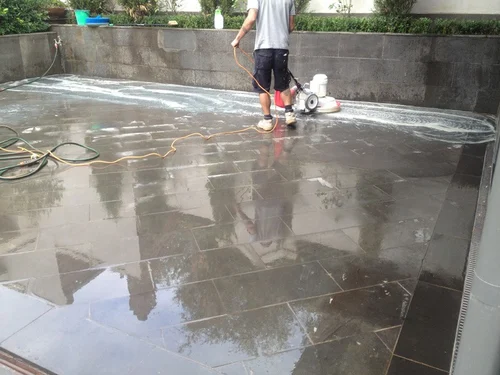The Canvas of Nature: Mastering the Craft of Earthly Stones Restoration
In a universe where current materials often outshine the eternal beauty of authentic stone, the art of stone restoration emerges as a crucial skill. Whether in heritage buildings that tell stories of the past or in the dwellings we treasure, restoring stone surfaces not only enhances their artistic appeal but also preserves our societal heritage. As homeowners begin to acknowledge the significance of maintaining these organic wonders, the need for skilled guidance on stone restoration becomes increasingly important.
But where does one initiate when considering stone restoration? From identifying signs that it's time for restoration to comprehending the common mistakes that can arise during the process, mastering this skill requires expertise and proficiency. Throughout this guide, we will investigate critical tips, usual mistakes to prevent, and the best practices for maintaining these gorgeous surfaces, enabling you to approach your project with certainty and detail.
Typical Errors in Restoration of Stone
One of the most common mistakes in stone restoration is the use of improper cleaning agents. Many professionals overlook the fact that harsh chemicals can permanently damage natural stone surfaces. Acid-based or abrasive cleaners can strip the stone of its finish, wear away its surface, and further affect its color. It's essential to choose neutral pH cleaners particularly designed for stone to maintain its integrity and aesthetics.
A further common error is failing to perform a comprehensive assessment of the stone's state prior to starting the restoration process. Failing to identify specific issues, such as fractures, dents, or stains, can lead to insufficient restoration efforts. Each type of stone has distinct characteristics that require custom restoration techniques, and understanding these details is essential for achieving a favorable result.

Finally, many people often opt for DIY restoration methods without consulting professionals when necessary. While a DIY approach can be affordable, it often leads to poor results if the individual lacks expertise and understanding in stone care. Complex issues, such as significant damage or the need for smoothing and finishing, are preferably left to experts who can ensure high-quality restoration that will endure.
Maintaining Your Granite Countertops
To keep your marble surfaces looking their best, regular maintenance is important. Start by cleaning and wiping surfaces with a microfiber cloth to remove dirt and debris. For a deeper clean, use a neutral stone cleaner that will avoid damage the surface. Steer clear of using strong chemicals or acidic cleaners, as they can etch and dull the stone. Regular cleaning will assist prevent buildup and protect the finish of the stone.
Sealing your stone is another crucial aspect of maintenance. Depending on the kind of stone, sealing may be required every half a year to 12 months. A high-quality stone sealer creates a protective layer against stains and moisture. Make Go to this site to select a sealer that is appropriate for your specific stone type. Try a small area first will ensure that the sealer does not change the look of the stone.
In conclusion, be careful of the objects placed on your stone countertops. Steer clear of coarse materials that could damage the surface and always use coasters and trivets for hot or wet objects. Additionally, quickly clean up spills to prevent staining. Implementing these habits will assist your stone surfaces retain their natural beauty and longevity, ensuring they stay a standout feature in your home.
DIY vs. Expert Restoration
When considering rock restoration, one of the first decisions to make is whether to undertake the project yourself or employ a specialist. DIY restoration can be appealing for those who like practical projects and wish to reduce on labor costs. Basic washing and upkeep tasks, such as removing stains or sealing surfaces, can be manageable with the right tools and guidelines. However, major damage or complex restoration processes often require specific skills and expertise that the typical homeowner may lack.
On the flip hand, expert restoration solutions bring expertise and experience to the process. Experts are trained to handle a range of stone types and can employ sophisticated techniques that ensure a premium finish. They also have access to specific equipment that can be costly for a DIYer to purchase. While the investment in professional services may seem higher initially, it can lead to long-term savings by preventing further damage and preserving the quality of the stone surfaces.
Ultimately, the choice between DIY and expert restoration should take into account the scope of the project, your skill level, and the importance of the stone surfaces in your home. For small issues, a Do-It-Yourself approach may suffice, but for large or detailed restorations, hiring a specialist can guarantee the best results and peace of mind.